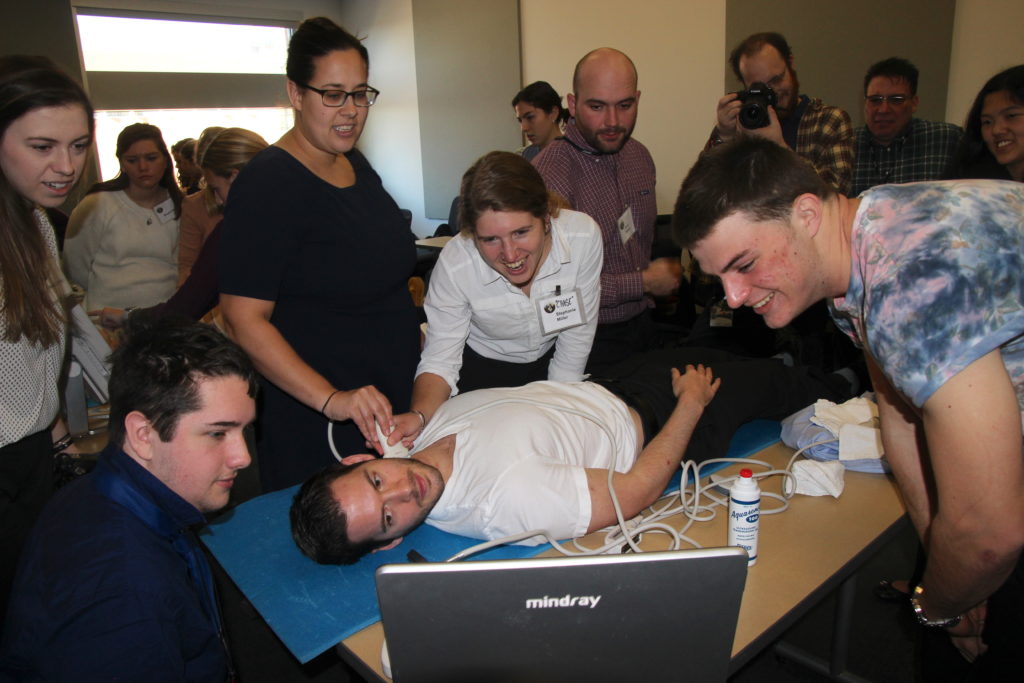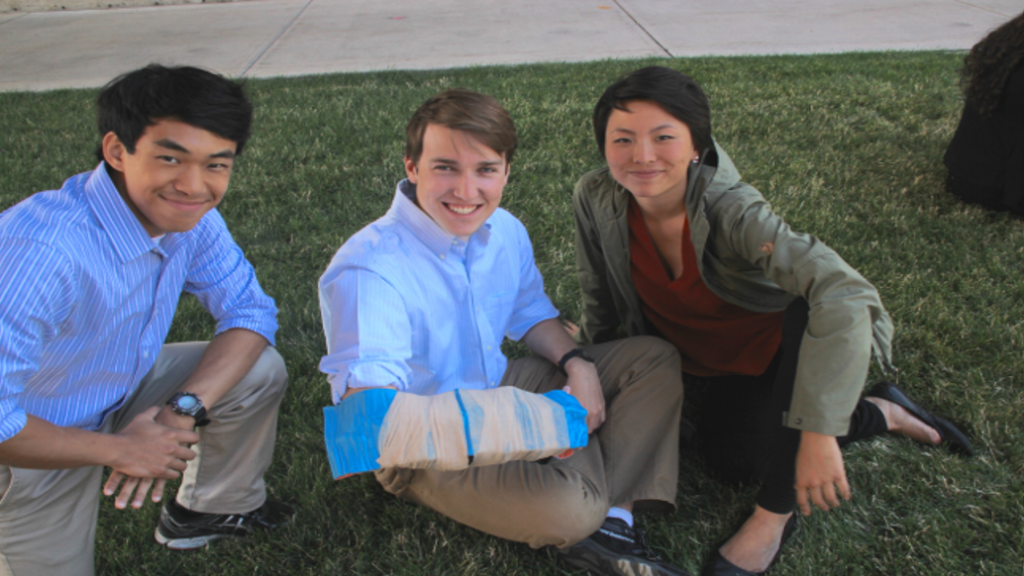[vc_row][vc_column][vc_column_text]By: Alessandra Santiago
The MCAT. The Great Academic Equalizer. No matter how well you perform in your undergraduate or post-bacc program, there is no replacing a poor MCAT score. As you embark upon the testing odyssey, bring along your finest time management and retention skills on the journey. You’ll need them.
So, when is the best time to take the MCAT? Well, there are a few factors to consider, including the fact that MCAT scores are only released 30 days after the testing date. This means that for someone applying in June of 2020, an August 2020 date lands too late in the application cycle. This can mean falling behind the rest of the pack of applicants. Keep your overall application cycle timeline in mind when selecting your test date.

To get the most out of your MCAT, going in prepared to do well the first time is your best bet. Of course, there is always opportunity for improvement by taking another year to study differently, but try to nail the test the first time. If you are retaking the test, demonstrating a significant improvement in score can make a big difference in terms of your competitiveness as an applicant. This can mean a five- to ten-point improvement in score, depending on your initial score.
Keep in mind that some schools review every MCAT score you’ve received, while some may average your test scores or review only your most recent score. It is important to note that your scores are active for only a set number of years depending on the school (three years for most schools), so you can structure your test-taking around these school guidelines.

Typical advice for pre-meds considering how to study for the MCAT is to commit AT LEAST 300+ HOURS of study and practice before taking the exam. This includes taking at least three full length exams before your exam date from start to finish, as it is important to have a sense of how long the test goes and to learn how to pace yourself.
Most pre-meds considering applying to med schools next year have already completed the required biology, chemistry, physics, and mathematics courses for admission. This academic background serves as the foundation for the four sections of the MCAT:
- Biological and Biochemical Foundations of Living Systems
- Chemical and Physical Foundations of Biological Systems
- Psychological, Social, and Biological Foundations of Behavior
- Critical Analysis and Reasoning Skills
Getting started early in the fall with a solid self-study plan—and the discipline to maintain it—or a preparatory course can be a good way to get your 300 hours and three full-length tests under your belt; however, many students cringe at the price tag of some preparatory courses, so finances can be a determining factor for how you study.

Avail yourself of free online tools—like the video banks on CourseSaver or Khan Academy—to structure your review. These tools can pave the road in advance of an in-depth prep course or self-testing with the AAMC section banks. Figure out how to effectively absorb the material you review by using study tools that work for you, including (but certainly not limited to):
- Utilizing mnemonic devices for memorizing amino acids;
- Creating an illustrated study sheet to demonstrate the steps of the electron transport chain;
- Designing a flowchart to visualize kidney nephron function;
- Writing your own review questions testing the material that you review;
- Creating your own memorable acronyms to break down the hormones of the Anterior Pituitary.
There are also plenty of low-cost/high-yield resources for students from the AAMC itself. Full-length practice tests are available on the AAMC website for a fee, and the AAMC Section Bank offers over 300 practice questions for each section of the test in addition to subject-specific question banks. Reviewing these questions can be a good way to gauge the gaps in your understanding, as well as provide an accurate understanding of how the MCAT is actually structured.

In addition to these resources, students ought to consider forming a study group with other members of their pre-med cohorts. Breaking down each of the four sections into segments and synthesizing the materials as a group can make the mountain of MCAT material more manageable. As a free activity, forming an ad hoc study group can help to cement ideas and concepts by relaying them to others.
As you start wrapping your head around your own study plan, keep in mind that you have a long runway at this point in the year. Many students don’t elect to take the MCAT until the spring, so figure out now what your study and testing strategy is to take advantage of this time.
| Assignment #3: This fall, consider your study strategy for the MCAT. Start cracking on 300+ hours of study (either self-study or through a preparatory course). Look through free or low-cost resources online to assess where the gaps in your knowledge are. Make a study plan, and find a small 2-3 person study group (if appropriate). |
Stay tuned for our next article that will release on October 7th! If you are interested in learning more about the application process or how to navigate the Pre-Med journey go to our Getting Into Med School: Tips and Tricks Blog.
